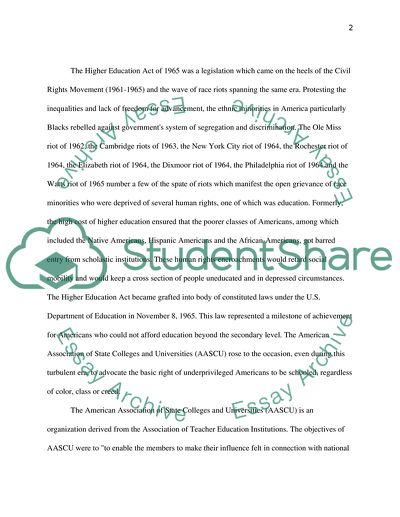Cite this document
(The Higher Education Act of 1965 Research Paper - 1, n.d.)
The Higher Education Act of 1965 Research Paper - 1. Retrieved from https://studentshare.org/education/1749595-iii-analysis-of-the-higher-education-act-of-1965-by-4-10
The Higher Education Act of 1965 Research Paper - 1. Retrieved from https://studentshare.org/education/1749595-iii-analysis-of-the-higher-education-act-of-1965-by-4-10
(The Higher Education Act of 1965 Research Paper - 1)
The Higher Education Act of 1965 Research Paper - 1. https://studentshare.org/education/1749595-iii-analysis-of-the-higher-education-act-of-1965-by-4-10.
The Higher Education Act of 1965 Research Paper - 1. https://studentshare.org/education/1749595-iii-analysis-of-the-higher-education-act-of-1965-by-4-10.
“The Higher Education Act of 1965 Research Paper - 1”, n.d. https://studentshare.org/education/1749595-iii-analysis-of-the-higher-education-act-of-1965-by-4-10.


